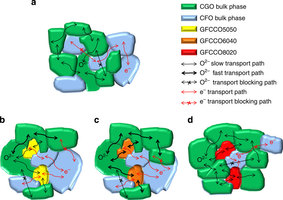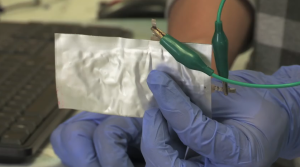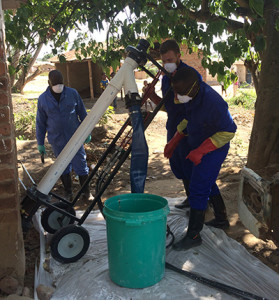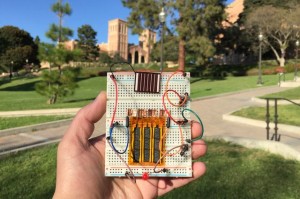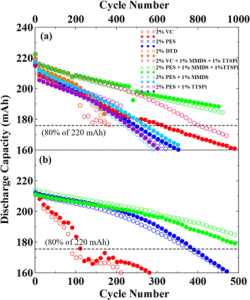
This lens of this new camera acts like a solar panel. Click image to enlarge.
Image: Columbia University
Who needs batteries to power a camera? Engineers from Columbia University are working on a novel design in which the pixels of the camera not only capture an image, they also collect light as an energy source.
The engineers are researching a commonality between a typical camera and solar panels: photodiodes. Each device has always used photodiodes, but in different ways.
Engineers plan for the new camera to use photodiodes in both functions.


